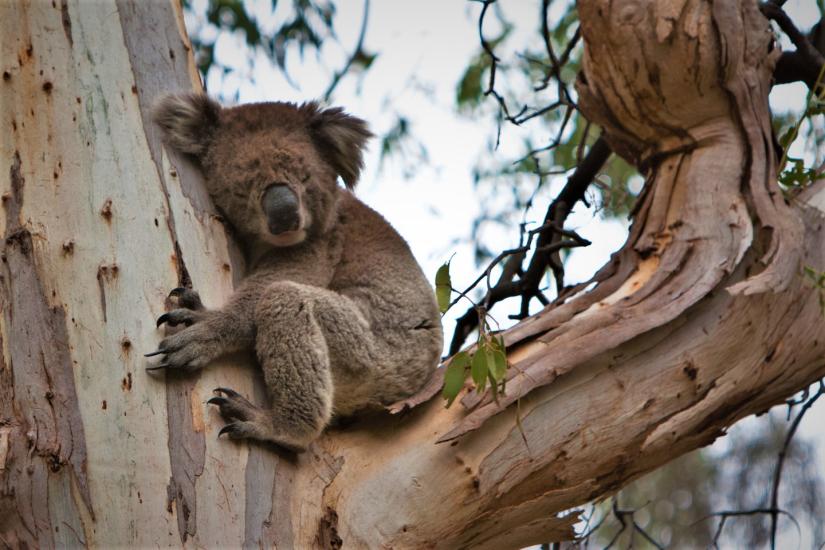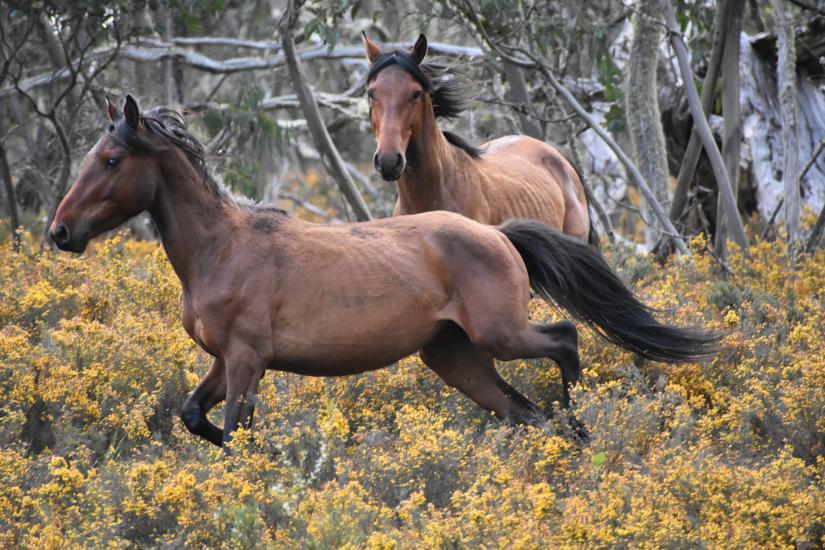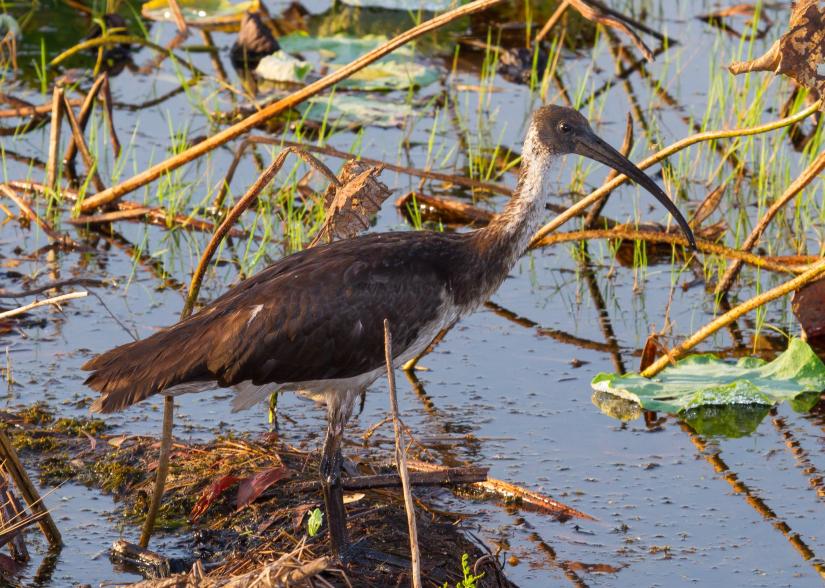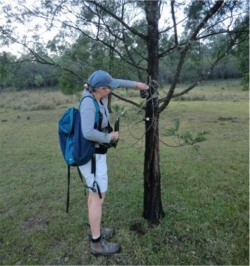A new study examines indicators of mental wellbeing in wild animals to improve conservation efforts.

The very subtle body language of koalas and the long periods spent sleeping high up in trees presents many challenges in assessing indicators of their emotions. Image: Phil Long / Flickr (CC BY 2.0).
A world-first holistic framework for assessing the mental and psychological wellbeing of wild animals has been developed by UTS Chancellor’s Postdoctoral Research Fellow Dr Andrea Harvey, a veterinarian and animal welfare scientist in the TD School at the University of Technology Sydney.
The significance of the study lies in its potential to revolutionise conservation efforts. Instead of focusing solely on population numbers and reproductive success, the research explores the quality of life experienced by wild animals.
This shift in perspective could provide crucial early warning signals about species challenges and population declines, leading to more effective conservation strategies.
“While research on the welfare of domestic and farm animals has been considerable, including indicators of emotional states such as stress, pain and fear, my aim is to bridge the gap by examining the individual lives, feelings and mental experiences of wild animals,” Dr Harvey said.
“A deeper understanding of the wellbeing of wild animal populations can not only enhance conservation efforts, but also provide an indication of the state of the natural environment and its recognised links to human health and wellbeing.”
The study, which was part of Andrea's PhD research at the UTS Centre for Compassionate Conservation, focuses on brumbies – free-roaming wild horses – from Australia’s alpine regions, however the framework is widely applicable for evaluating many wildlife species.
Dr Harvey chose brumbies as horse welfare has been studied in domestic environments, providing a bridge to wild animals. The paper, Mental Experiences in Wild Animals: Scientifically Validating Measurable Welfare Indicators in Free-Roaming Horses, was recently published in Animals.

Two wild free-roaming horses fleeing from human disturbance, with body posture, gait and facial expressions indicative of anxiety and fear. Image: Dr Andrea Harvey
Her comprehensive conceptual framework, called the ‘10 Stage Protocol’, includes physical and behavioural indicators for both negative and positive mental experiences in wild animals.
“If you have a dog, you know their usual routine, what they like, and how they behave in certain circumstances. You know if they’re happy, sad, or distressed, so this research is shifting that understanding to wild animals.
“We can never be certain what's going through an animal's mind and exactly what they're feeling. It’s also an area that scientists have traditionally shied away from. However, we know mental experiences arise from physical states, and we can directly measure these states.
“Nutrition, the physical environment, health, and behavioural interactions all provide clues to the mental experience of animals. This includes negative states such as thirst, hunger, heat and cold discomfort, pain, fatigue, anxiety and fear and positive ones such as satiety, exercising agency, physical vitality and positive social interactions.”
This holistic approach brings together different areas of scientific knowledge, including neuroscience, behaviour, and neuroethology – the study of the neural basis of an animal’s natural behaviour – to interpret the data collected and gain insights into wellbeing.
Dr Harvey is currently collaborating with researchers studying Australian water birds, such as the straw-necked ibis and pelicans. These birds serve as indicators of water quality and wetland health, which could inform management decisions in the Murray Darling Basin.

The wellbeing of Australian water birds can serve as indicators of water quality and wetland health. Image: Geoff Whalan / Flickr (CC BY-NC-ND 2.0)
The welfare of koalas, which have been declared endangered in NSW, is also under scrutiny. Previous koala research has focused primarily on survival and disease. Dr Harvey's research aims to evaluate overall koala wellbeing to inform policy decisions around conservation and habitat protection.
Dr Harvey is also working with other researchers studying the welfare of kangaroos and dingoes at a field station in southern Queensland, focusing on the predator-prey relationship, and the impact of climate change and drought recovery.
Each species presents unique challenges, such as identifying individuals, evaluating mental experiences in large populations, and considering different environments and habitats.

Checking a camera trap. Image: Dr Andrea Harvey
Dr Harvey acknowledges the challenges of studying the mental experiences of wild animals compared to domesticated ones. The absence of close human relationships with individual animals and the difficulty in observing them for extended periods pose significant hurdles.
However, innovative methods like remote camera traps have proven valuable in collecting fine-detail data on wild animal behaviour, including body posture and facial expressions.
Dr Harvey's ground-breaking research holds immense potential in transforming the field of conservation biology, by shedding light on the mental experiences of wild and endangered animals.
“Welfare assessments need to be part of all wildlife monitoring, and ultimately all environmental policy decision making, which needs to take into account not just individual species, but also interactions between different species, and their ecosystems.”

